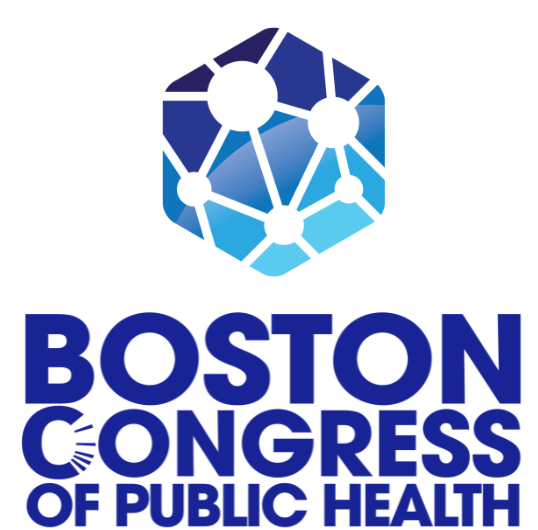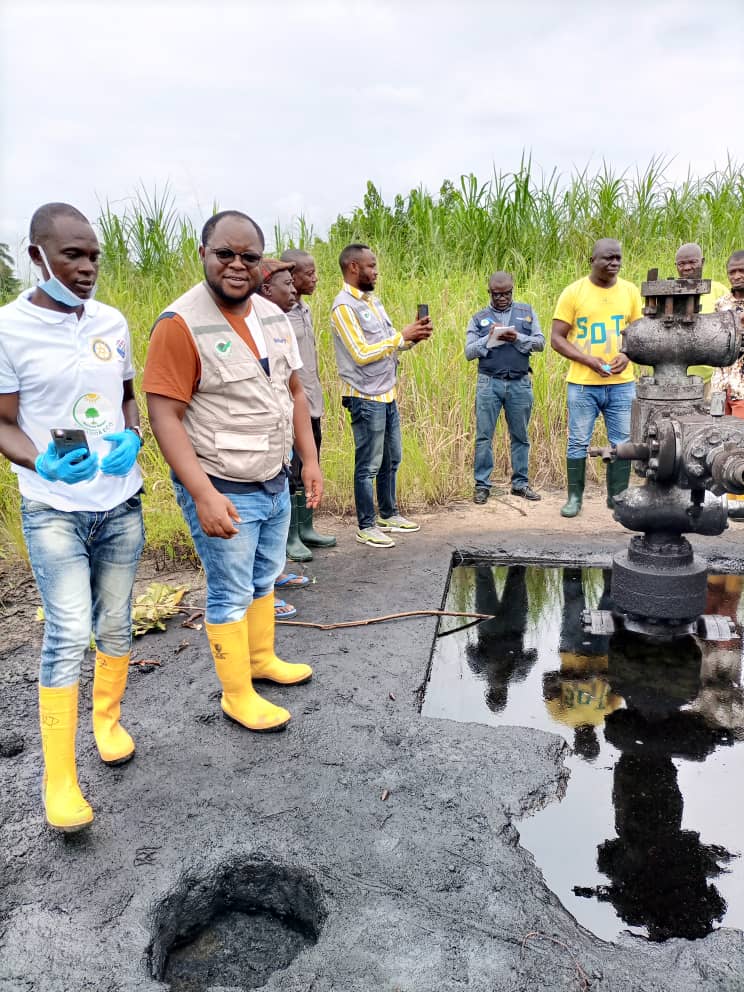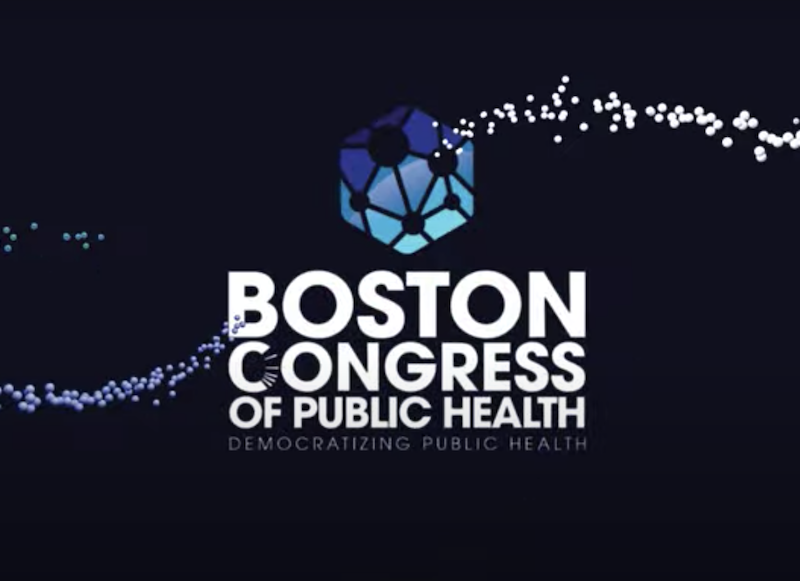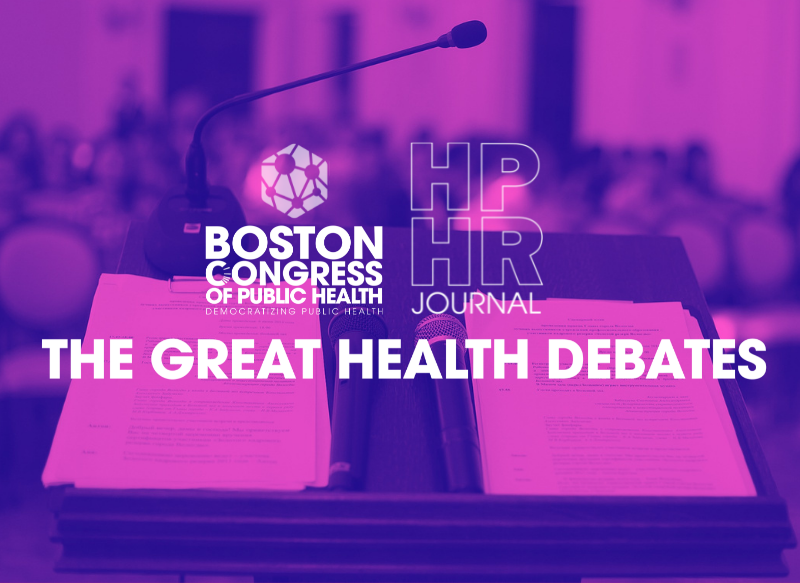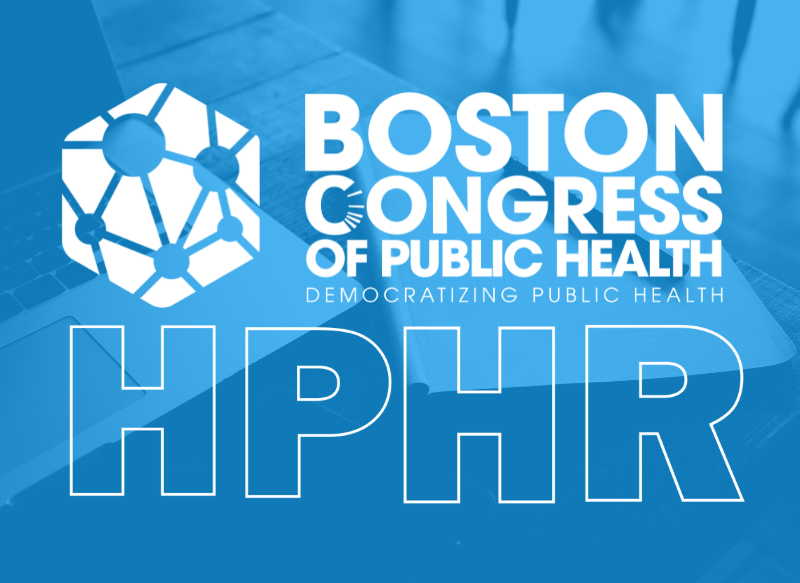Welcome to my Public Health Thought Leadership Series, where I will discuss the theme, “The Climate Crisis Is a Health Crisis”, with experts across diverse public health fields.
Today, our guest is Dr Bieye Renner Briggs, a Nigerian public health physician and an environmental advocate based in Port Harcourt, southern Nigeria. He is the Executive Director of the Centre for Environmental and Public Health (CEPH), a platform he uses to raise awareness of the health impacts of the soot ravaging his hometown of Port Harcourt. On December 14, 2021, he discussed the health consequences of soot on a live radio broadcast that led the state governor to declare a “state of emergency on soot” two weeks later.
Now, to the topic of the day.
In 1956, oil was discovered in Nigeria within its Niger Delta region, and Shell handled the early operations. This marked the start of a vicious cycle of oil exploration in the region.
Ogoniland, one of the Niger Delta communities where Shell operated, suffered significant environmental pollution caused by oil spills and uncontrolled gas flaring.
In response to the environmental consequences, the Movement for the Survival of the Ogoni People (MOSOP), led by Nigerian writer and social activist Ken Saro-Wiwa, emerged.
Saro-Wiwa and his group brought international attention to the Ogoni cause and advocated for their rights. The group’s activities did not go down well with Nigerian leaders and the oil company, who were more interested in profits than the people’s health.
Eventually, Shell colluded with the Nigerian government in the “judicial murder” of Saro-Wiwa in Port Harcourt, a city in the Niger Delta region.
In 2011, almost 16 years after Saro-Wiwa’s execution, the United Nations Environment Programme released a report of its environmental assessment of Ogoniland that justified the earlier protests by Saro-Wiwa and his group.
The investigators found benzene in all air samples taken in Ogoniland, with concentrations ranging from 0.155 to 48.2 µg/m3. About 10% of the detected benzene levels exceeded the concentrations considered to pose a 1 in 10,000 cancer risk, as ranked by the WHO and the United States Environmental Protection Agency (USEPA).
In the absence of stringent laws to regulate oil exploration, pollution in the Niger Delta region has worsened. Port Harcourt, the “commercial nerve center of oil and gas exploration”, has been christened “soot city” because of its protracted battle with black soot—a product of incomplete combustion of hydrocarbons.
Studies in Port Harcourt have shown an increase in the prevalence of birth defects, male-pattern infertility and acute respiratory tract infection in children under five. A 2021 investigation revealed that the soot situation increased mortality and morbidity rates by 30%.
In this interview, I sat down with Dr Briggs to discuss how Port Harcourt has become a poster child for air pollution around the world and the health consequences of the soot as evidenced among residents of Port Harcourt:
